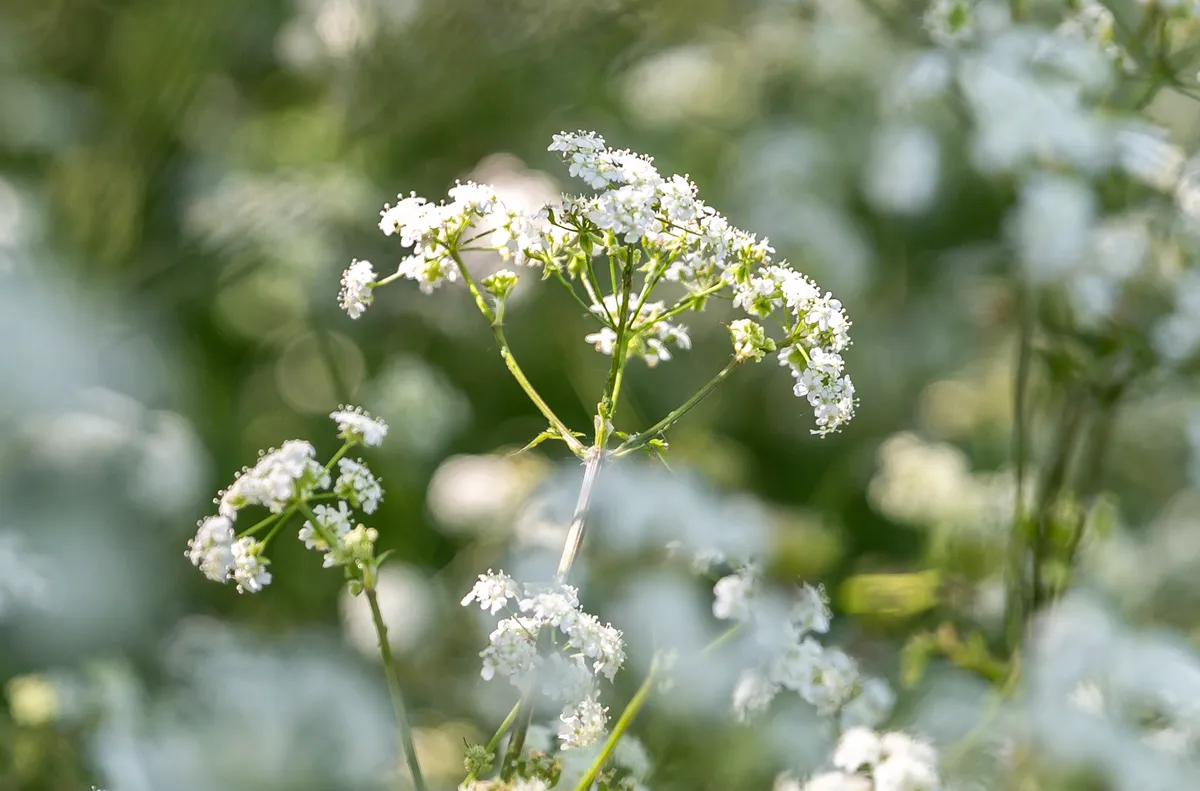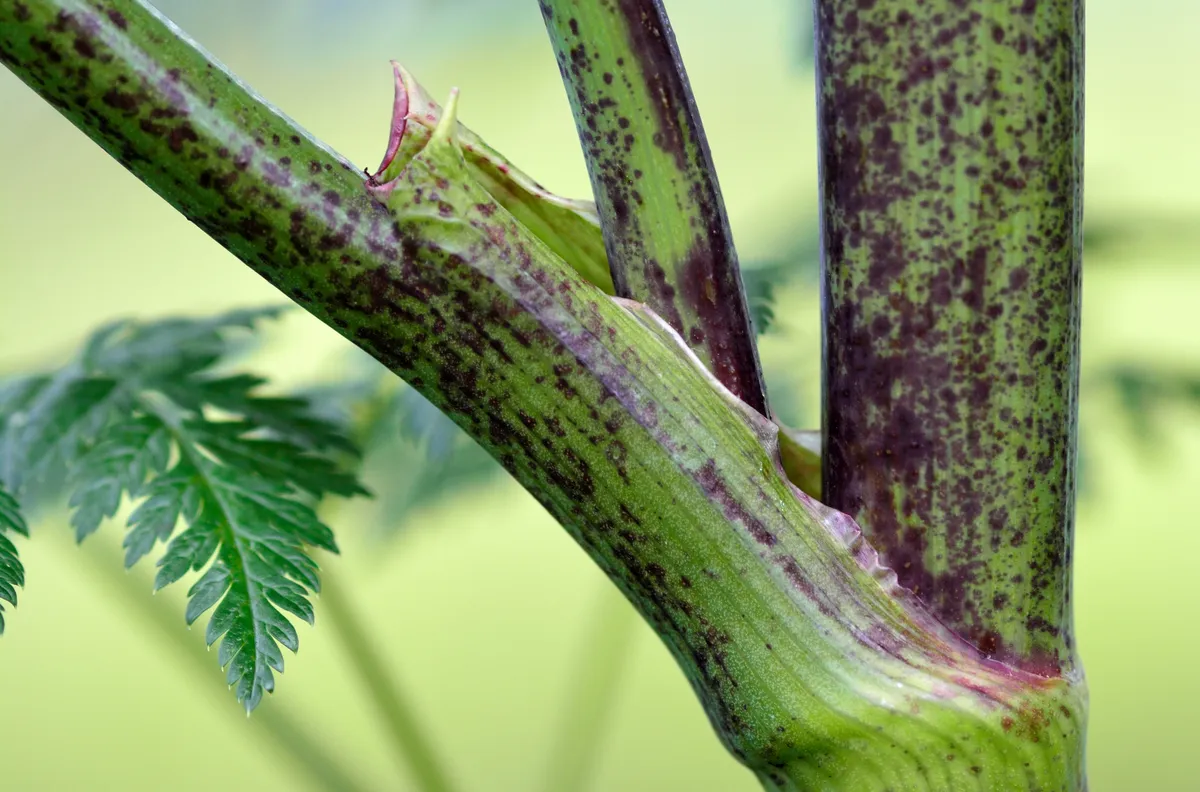Any would-be foragers pondering the culinary value of umbellifers need not look beyond hemlock (Conium maculatum) as a potentially deadly example of misidentification.
All parts of the plant contain coniine, as little as 150mg of which, when ingested, can be fatal to humans. Such an amount might be found in as few as 6 leaves of hemlock, or an even smaller quantity of seeds or root, and although the poison is quick to act, it will prompt a slow and painful death.
Learn how to identify hemlock using its leaves, stem and smell with our species guide.
- Interested in learning more about Britain’s flora? Check out our guides to orchids, bluebells and ferns.
Umbellifers of Britain
What is an umbellifer? What is the difference between cow parsley and hemlock? Is giant hogweed dangerous? Find out the answers to all these questions and more with our guide to umbellifers.

How poisonous is hemlock?
Hemlock was commonly used in the execution of condemned prisoners in ancient Greece, among them the philosopher Socrates, in 399 BC.
There is no specific antidote, although hospital treatment and artificial ventilation can prevent death.
If any constituent part of hemlock is ingested, or narcotic-like symptoms show soon after contact with the plant, then immediate medical assistance should be sought.
Hemlock is poisonous to all mammals, so care must also be taken when providing grazing for livestock, though most animals seem to deliberately avoid the plant as a food source. This is possibly due to its smell.
Hemlock has a foul odour, particularly when the leaves are crushed. It is often said to be sour or ‘mousy’, reminiscent of rodent urine, although other people liken it to rotten parsnips. What is sensible is to trust your senses.
How to identify hemlock
Hemlock is a poisonous plant that smells as though it should be left alone. And this is just as well, for in appearance, hemlock could very easily be mistaken for wild carrot and cow parsley and is often found in similar areas.
Hemlock leaves have a slightly glossy sheen, and its stem has distinctive purple blotches, and while cow parsley flowers earlier, there is an overlap in early summer.
If there is any doubt, then look but definitely do not touch.

Hemlock vs Cow parsley
At first glance hemlock and cow parsley may appear similar, but while cow parsley is edible, hemlock is poisonous and, when ingested, can be fatal to humans.
